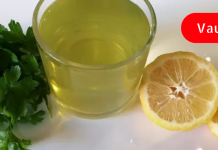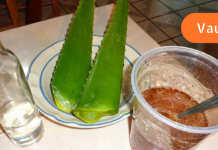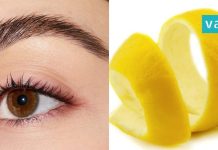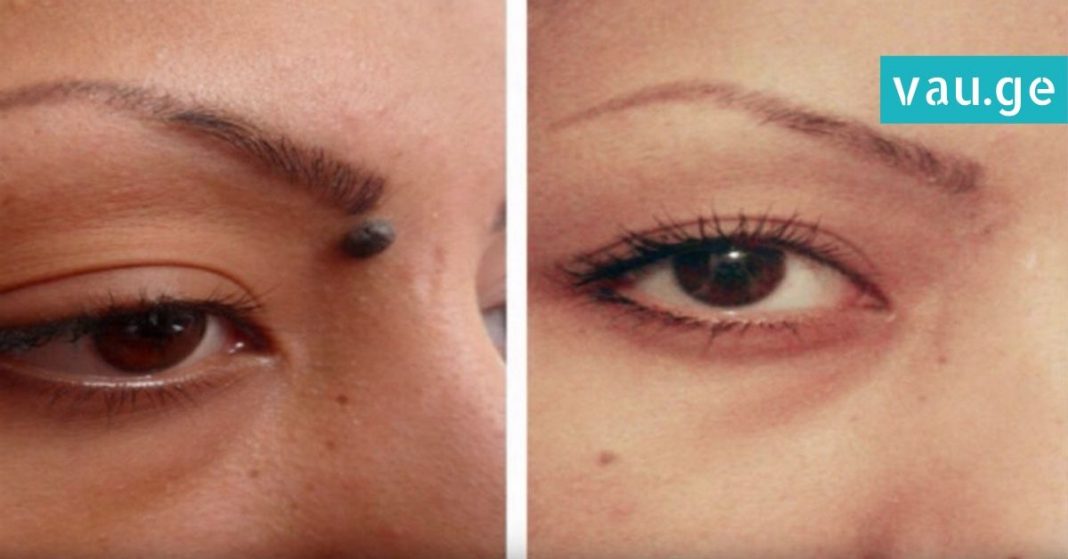Throughout history, human attitudes toward moles have varied significantly depending on the cultural and historical context. In some eras, a mole on the skin was seen as a mark of beauty or even a symbol of good fortune. In other times and places, moles were thought to be a sign of evil, a mark of the devil, or even a sign of a sensitive and emotional personality. These changing perspectives reflect the deep and often mysterious relationship humans have had with their bodies and with the natural features that appear on them.
In the modern era, however, the approach to moles has become far more medicalized and scientific. While some people still find moles to be charming beauty marks, many others see them as aesthetic imperfections or potential health risks. A growing body of awareness surrounds the possibility that some moles may not be as harmless as they appear. In particular, the risk that a mole might evolve into melanoma—a dangerous and potentially deadly form of skin cancer—has caused many people to pay closer attention to changes in their skin.
As a result, more and more individuals today are seeking ways to remove unwanted moles. While dermatological treatments exist and are often very effective, not everyone has the time, access, or financial resources to visit a specialist. Because of this, many are turning to natural remedies that can be applied at home. Among these, one simple household ingredient has gained popularity for its surprising effectiveness: vinegar.
Yes, vinegar—a common kitchen staple—has been used by many as a painless and natural way to remove moles. The process is quite straightforward and requires no special skills or equipment. All you need is some regular vinegar (apple cider vinegar is most commonly recommended), a piece of cotton, and a bit of consistency.
Here’s how it works: soak a small piece of cotton in vinegar and apply it directly to the mole. This should be done two to three times a day. Hold the cotton in place for a few minutes each time, allowing the vinegar to penetrate the mole. Over the course of several days, you may begin to notice some changes in the appearance of the mole. It might darken, shrink, dry out, or even begin to scab. Eventually, if the treatment is effective, the mole will dry up completely and fall off naturally, leaving the skin underneath intact.
This process is generally painless and does not require any cutting, burning, or freezing. However, it is very important to monitor the mole throughout the process and to stop the treatment if you notice any signs of infection, unusual pain, or rapid changes in the surrounding skin. In any case, it’s always a good idea to consult a doctor before attempting any kind of at-home mole removal—especially if you are unsure whether the mole is benign or potentially harmful.
Interestingly, this same technique using vinegar can also be applied to other types of skin growths, such as warts. Warts, which are caused by a viral infection of the skin, can also respond well to acidic treatments. Vinegar’s natural acidity works to break down the wart tissue over time, making it a potential remedy for those looking to avoid pharmaceutical treatments.
In conclusion, vinegar may seem like an unlikely solution for removing unwanted moles or warts, but many people have found it to be effective, affordable, and convenient. Of course, like any remedy, results can vary from person to person, and caution is always advised. Still, for those looking for a natural, non-invasive way to improve the appearance of their skin, vinegar could be a simple ingredient with surprisingly powerful results.


















